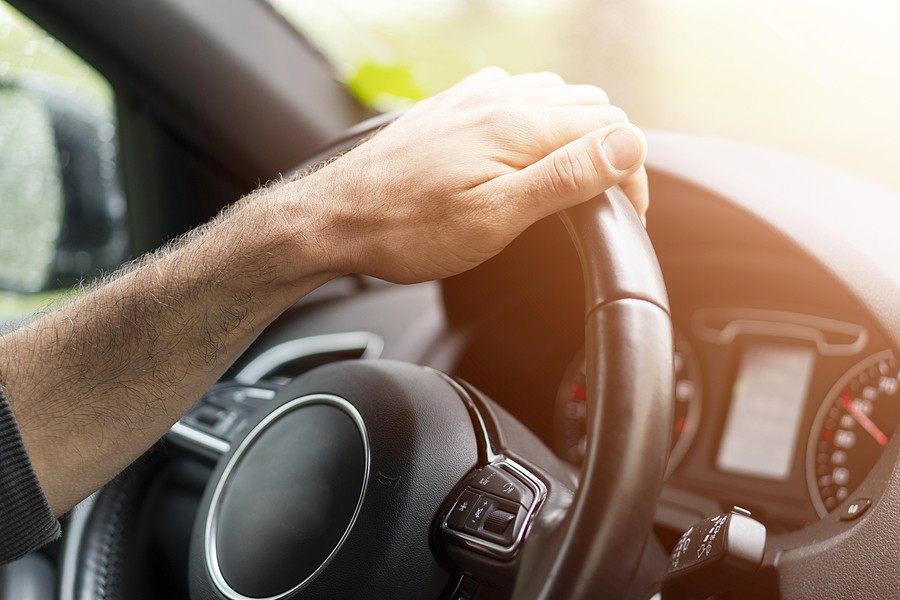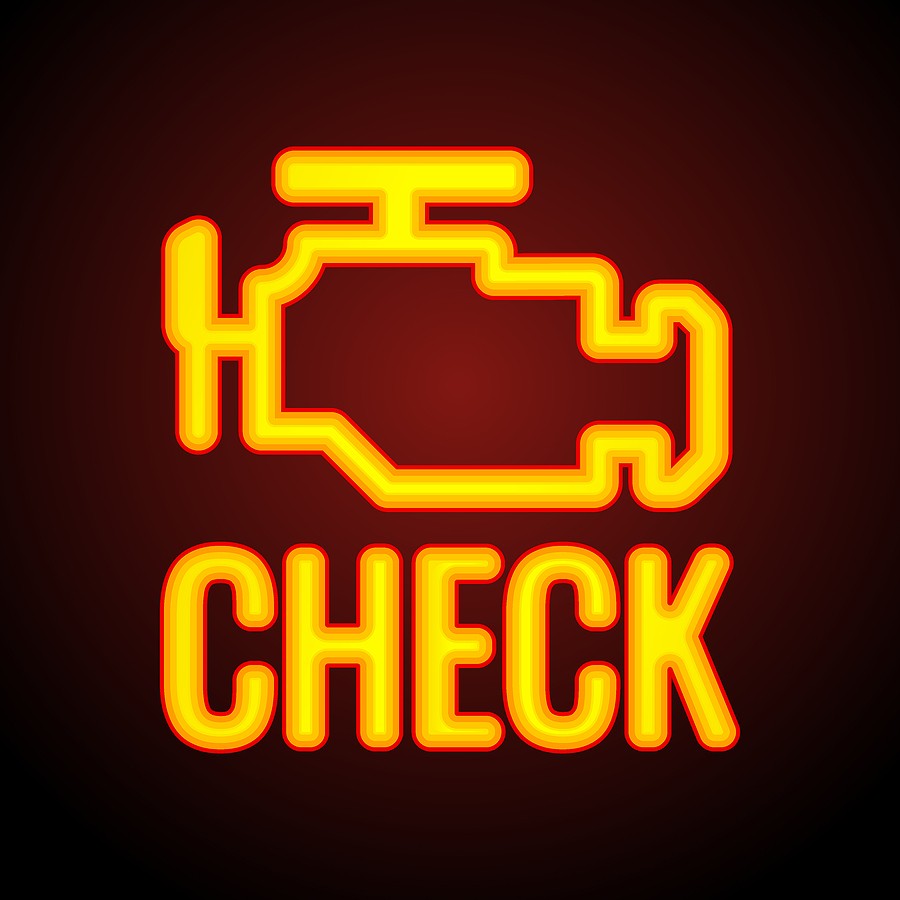A check engine light that is illuminated could signal a problem with your vehicle such as your emission system. To establish the exact cause of the problem, you'll need to run a diagnostic test with an OBD-II scanner and you may encounter P2017 code. The diagnostic issue code P2017 stands for “Intake Manifold Runner Position Sensor/Switch Circuit High Bank 1” and is found in current fuel-injected engines from car manufacturers that include but are not limited to Ford, Dodge, Mercedes, Toyota, Volkswagen, Infiniti and Nissan.
The powertrain control module (PCM) uses intake manifold control valves and position sensors (IMRC valve/sensor) to calculate the volume of air entering the intake manifold and manage the engine's air-fuel ratio. If your PCM detects an electrical circuit problem in Bank 1, P2017 code will be displayed. Bank 1 is the cylinder bank that contains cylinder number 1. Regardless of the car manufacturer or fuel system, this is an electrical circuit failure.

In Depth Look of What P2017 Code Means
The volume of air entering the intake manifold is controlled by the runner position sensor, also known as the runner valve. On contemporary intake manifold designs, the intake manifold runner control is an engine management component. The opening and shutting of butterfly valves inside the intake manifold runners is normally controlled by a motorized or vacuum actuated mechanism attached to the intake manifold.
The intake manifold runner valve (IMRV), the IMRV motor, and the IMRV position sensor make up the Intake Manifold Runner Valve (IMRV) system, which is located on the intake manifold. The IMRV motor uses many gears to open and close the IMRV. The IMRV's opening angle is detected by the valve position sensor.
The upper section of the IMRV features a groove. When the IMRV is closed, air from the intake manifold rushes via a groove into the cylinder, creating a dynamic or “tumble” air flow in the cylinder. Fuel deposits inside the intake air port and the combustion wall surface inside the cylinder are greatly reduced by tumble air flow. This increases the airfuel mixture and airflow turbulence, which improves combustion efficiency.
If code P2017 appears, it means the runner valve is not closing and opening as the Engine Control Module (ECM) requires. The ECM and runner valve's relationship is out of sync. For the air intake system, the runner valve is effectively a second throttle body butterfly plate. Its purpose is to help the engine's air-fuel ratio (AFR) be optimized. The runner valve will open or close in order to allow more or less air into the engine.
If the engine is rising speed from a stop, the runner valve will slightly close the flaps to let more air into the engine, allowing the car to accelerate quicker while reducing fuel consumption. As the RPMs rise, the engine will suck in more air, and the benefits of the partially closed flaps will eventually hurt rather than enhance the engine's performance. The flaps will open considerably larger when this plateau occurs.
Because the RPM and amount of air entering the engine are low at low speeds, the flaps are closed. Because of their huge size, the intake manifold has several large ports that take a long time to fill. The faster the intake manifold can fill with air, the faster the acceleration will be, and the air-fuel ratio will be more economical.
It is a scientific fact, however, that air moves faster through smaller spaces than it does through bigger spaces. To take advantage of this, some intake manifolds were constructed with electronically controlled flaps to help fill the intake manifold with air faster and get air into the combustion chamber faster. Depending on the engine's current needs, the flaps will open or close. If code P2017 appears, there may be a problem with the engine's flaps, which are regulated by the runner valve.

What can a bad intake manifold runner control cause?
Although an intake manifold runner is not required for engine functioning, it does improve performance and efficiency, especially at low engine speeds. When the intake manifold runner control fails, the engine's performance can suffer, and in some situations, it can even suffer a decline in performance. A malfunctioning intake manifold runner control usually causes a few indications that alert the driver to a problem.
1. Starting the engine is proving to be difficult.
Having a hard time starting the engine is one of the first signs of a defective intake manifold runner control. When the vehicle is started, the intake manifold runner control is normally positioned. If the unit fails, the butterfly valves may not be properly positioned, making it difficult to start the engine. It's possible that the engine will require more cranks than usual to start, or that the key will need to be turned many times.
2. Misfires in the engine, as well as a reduction in power, acceleration, and fuel economy
Engine performance concerns are another sign of a possible problem with the intake manifold runner control. If the intake manifold runner control fails, the vehicle may have engine performance difficulties such as misfires, reduced power and acceleration, reduced fuel efficiency, and even stopping.
3. The Check Engine Light illuminates.
Another sign of a problem with the intake manifold runner control is an illuminated Check Engine Light. If the computer detects a problem with the intake manifold runner control position, signal, or circuit, the Check Engine Light will illuminate to inform the driver. The Check Engine Light can be caused by a variety of problems, so having the computer examined for trouble codes is a good idea.
While not all vehicles have intake manifold runner control units, they are becoming a more frequent approach for manufacturers to achieve optimal engine performance and efficiency, especially for smaller engines. It's also worth noting that identical symptoms might be caused by other engine performance difficulties, so having the car inspected by a competent mechanic is recommended.

What causes the P2017 code?
- Intake manifold is filthy.
- Intake manifold control valve is clogged.
- Intake manifold gasket that is leaking.
- Filter that is dirty
- Intake manifold control solenoid failure
- A vacuum leak has developed.
- Electrical circuit that is either shorted or open
- ECM with flaws
- Intake manifold failure
What are the symptoms of the P2017 code?
The majority of the symptoms linked with the P2017 code are engine-related. If any of the following symptoms appear in your vehicle, you should have it checked.
- The check engine light has come on.
- Engine power is reduced.
- Fuel economy is reduced.
- Symptoms of a misfire

How to troubleshoot the P2017 code
The procedure for troubleshooting P2017 code is determined by the manufacturer of your car, the fuel system, IMRC sensors, and wire colors. To save time and money during diagnosis, check into technical service bulletins for your specific vehicle. It's possible that your vehicle's manufacturer has previously issued a technical service bulletin about your problem.
On the internet, you can find a wealth of OBD-II resources, including frequent problems and fixes for individual vehicles and automakers. Always consult your owner's handbook when troubleshooting and repairing diagnostic error codes to decide the best course of action. To diagnose and fix the underlying issues that cause the P2017 code, you should avoid using repair information from another manufacturer.
If you're not not confident in doing it yourself, you can hire a mechanic to fix these problems. They can precisely analyze the source of the P2017 code and make the necessary repairs for you, saving you the time and effort of doing it yourself.
They'll diagnose the code by removing the intake manifold and inspecting it for carbon buildup and other flaws. They'll also use a multimeter to check the intake manifold control solenoid for proper ground and voltage.
They'll also use a multimeter to check the resistance of the intake manifold control solenoid and check for oil or debris on the mass airflow sensor. The mechanic will also look for any openings, shorts, frayed wiring, corrosion, or damaged connections in the circuit from the intake manifold control solenoid to the ECM.
The ECM is frequently considered to be at fault. However, when it comes to the P2017 code, the ECM is frequently the last thing to go wrong. Before assuming the ECM is bad, it's a good idea to rule out all other possibilities. Usually, this code isn't extremely serious. Keep in mind, though, that if your Check Engine Light is illuminated, you won't be able to lawfully pass inspection until the cause of the light is resolved.
How do I fix Code P2017?
- Intake manifold control solenoid replacement
- Cleaning the intake manifold thoroughly
- The mass airflow sensor needs some cleaning.
- Repairing the circuit of the intake manifold runner's broken wire
- Repairing an open or short in the runner circuit of the intake manifold
- Changing a clogged air filter
- Putting a stop to a vacuum leak
- repairing a leak in the intake manifold
- Changing out a defective ECM
- Cleaning the throttle body and intake manifold is the most common and most effective repair for this error code.
How much is an intake manifold runner position sensor?
A new intake manifold runner valve can cost anywhere between $50 and $200, depending on factors like its brand and your vehicle's specifications. Labor costs for replacing a damaged intake manifold runner valve typically range from $300 to $400.

What is intake manifold runner control stuck open?
The intake manifold runner control actuator stuck in the open position gets a P2004 code when using the OBD-II scanner. If you have an intake manifold runner control that is jammed open, you will most likely notice a few symptoms. It's likely that at least one of your cylinders isn't firing, which may be easily identified. The symptoms of manifold runner stuck open include reduced fuel efficiency and abrupt engine surges. A defective spark plug is one of several things that might cause a cylinder to not fire. You can't assume that if one of your cylinders isn't firing, it's because the input valve is stuck open.
“How can I fix issue code P2004?” you're undoubtedly wondering. “There are a lot of factors that could be causing this problem, so you need to figure out what's causing it before you can repair it.” Before you begin, do some research to see if your car's make and model is known to have this issue. It's possible that your car has a history, which would make pinpointing the exact cause much easier.
If you're starting from scratch, start with the electronics, which can readily corrode. Also look for faulty connectors that may have been damaged. If there does not appear to be an electrical issue. The sensors that detect whether the valve is open or closed should then be checked. A digital volt/ohmmeter can be used to test the sensors. If that fails to provide results, look for faulty or broken components. The rivets that hold the valve in place may be loose or missing entirely, or the valve itself may have become jammed.
The most common threat posed by this error code is decreased performance and fuel efficiency. If all of the cylinder valves in your cylinder head are connected, your engine may not function at all. It's possible that an issue with one cylinder is preventing all of the cylinders from firing.
As mentioned the runner position sensor, also known as the runner valve, regulates the amount of air that enters the intake manifold. The runner valve controls an intake manifold flap that opens and shuts in response to the engine's air demand. When something becomes amiss it results in P2017 code.
It's not a good idea to reset the check engine light if the underlying cause of the P2017 Error Code hasn't been addressed. If you do so, the light will simply switch back on. Get the error code and solve the problem before attempting to reset the light.



